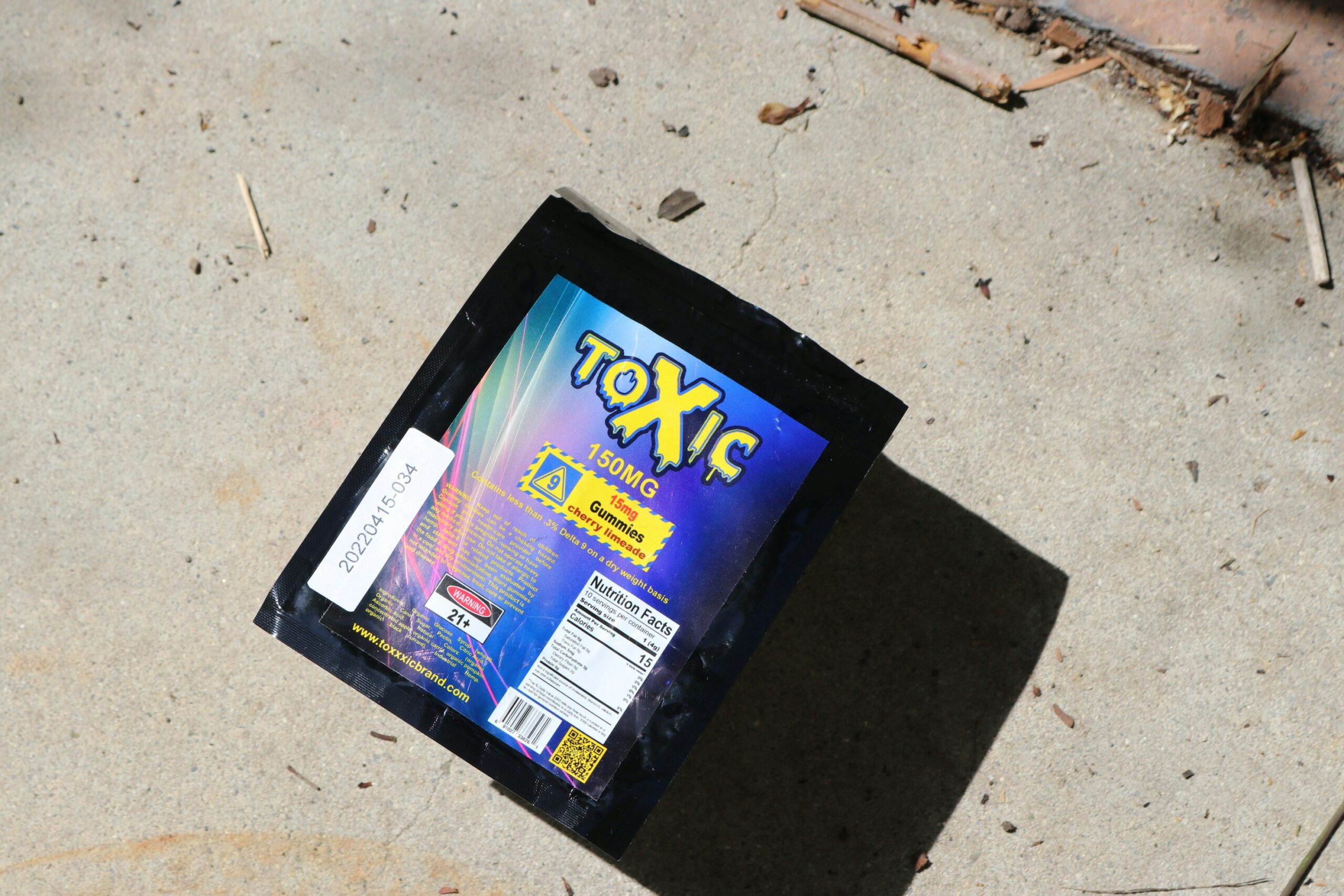What would you do if you discovered your emergency food supply is contaminated? This situation might seem daunting, but with the right steps and some level-headed thinking, you can manage it effectively. In times of emergency, having a reliable food supply is crucial. But what happens if that food supply becomes compromised?
In this article, you will learn the necessary steps to take when faced with contaminated emergency food supplies. We’ll cover how to identify contamination, ways to safely discard spoiled items, and how to replenish your stock to maintain your preparedness for future emergencies. All of this will be presented in a friendly and reassuring manner, helping you regain control over your food security.

Recognizing Contamination in Your Food Supply
Identifying contamination is the first and most vital step. Knowing the signs can help prevent you and your family from consuming food that could be harmful. Contamination can come in many forms, including bacteria, mold, chemical toxins, or physical debris.
Common Signs of Food Contamination
Recognizing the signs of contamination early is essential to prevent health hazards. Here are some common indicators to be on the lookout for:
- Unusual Odor: If you notice an off-putting smell when you open the container or packaging, it could mean bacterial or mold growth.
- Visible Mold or Discoloration: Mold spots or unusual colors are clear signs that food is no longer safe.
- Leaks or Broken Seals: Packaging that is leaking or seals that are broken may indicate exposure to air, leading to spoilage.
- Strange Taste or Texture: If food tastes or feels different than usual, it could be a sign of spoilage.
- Expanding Containers: Many bacteria produce gas as they grow, causing canned goods or sealed packets to expand and eventually burst.
Causes of Contamination
Understanding the causes can help prevent future incidents. Contamination may occur due to several factors:
- Improper Storage: Storing food in non-optimal conditions (wrong temperature, humidity, etc.) can lead to bacteria and mold growth.
- Inferior Packaging: Packaging that is not airtight may let in moisture and pests.
- Cross-Contamination: Storing certain foods together can lead to contamination if one of them spoils.
- Expired Products: Food beyond its expiration date is at a higher risk of being unsafe.
Safe Disposal of Contaminated Food
Now that you’ve identified contamination, it is crucial to dispose of the affected items safely to avoid further risks.
Guidelines for Disposing Contaminated Food
Disposing contaminated food correctly is vital for maintaining hygiene and safety:
- Segregation: Separate contaminated items from non-compromised items immediately to prevent the spread of harmful elements.
- Bagging: Place the contaminated food in a robust garbage bag. Consider double bagging to prevent leaks.
- Sealing: Seal the bag tightly to avoid odors and pest attraction.
- Trash Disposal: Put the sealed bag into an outdoor trash bin that is not accessible to pests.
- Avoiding Compost: Do not compost contaminated food, as it can introduce harmful bacteria to the soil.
Cleaning and Sanitization
After contaminated food has been disposed of, it’s essential to clean storage areas:
- Clean Surfaces: Use a mixture of water and bleach or a commercial disinfectant to scrub surfaces where the contaminated food was stored.
- Wash Hands: Thoroughly wash your hands with soap and water after handling contaminated food and cleaning areas.
- Ventilation: Ensure the area is well-ventilated to remove lingering odors or fumes from cleaning products.

Replenishing Your Emergency Food Supply
Once you’ve dealt with the contamination, it’s time to restock your emergency food supplies to regain your preparedness.
Selecting Safe Replacement Foods
When shopping for replacements, focus on safety and longevity:
- Non-Perishables: Choose canned goods, dried foods, and other items with long shelf lives.
- Airtight Packaging: Opt for vacuum-sealed or commercially canned goods that prevent air and pest entry.
- Variety and Nutrition: Choose a variety of food groups to ensure nutritional balance in an emergency.
Organizing and Storing New Supplies
Proper organization and storage help prevent future contamination:
- Rotation Method: Use the “first in, first out” method to ensure older items are used before newer ones.
- Check Dates Regularly: Periodically check expiration dates and condition of packaging.
- Temperature Control: Store food in a dry, cool place to extend shelf life.
- Labeling: Clearly label items with purchase or expiration dates for better inventory management.

Maintaining Your Food Supply for the Future
Now that your food supply is back on track, consider these tips to maintain its integrity moving forward.
Regular Inspection
Inspecting your emergency food supply regularly can prevent surprises:
- Monthly Checks: Dedicate time once a month to check for signs of spoilage or contamination.
- Repackaging: If certain items have breached packaging, consider repackaging in more secure containers.
Education and Awareness
Educating yourself and others in your household about food safety can be a proactive step:
- Food Safety Information: Stay informed about current food safety practices.
- Family Involvement: Involve your household in maintenance tasks to increase awareness.
Emergency Plan Review
Ensure your family knows what to do in case of food supply contamination:
- Having a Backup: Consider having a secondary food storage location.
- Contamination Protocols: Educate family members on recognizing contamination signs and what steps to take.

Conclusion
Being faced with a contaminated emergency food supply is certainly a challenge, but by knowing how to identify, safely dispose of, and replenish your food stores, you can tackle the issue efficiently. Continuous vigilance and education are key to avoiding future incidents, and a well-organized, properly stored food supply is integral to your emergency preparedness.
Remember, the goal is to maintain a reliable source of nourishment during times of need, and by following these guidelines, you’ll be well-equipped to protect your emergency food supply—and ultimately, your loved ones.


